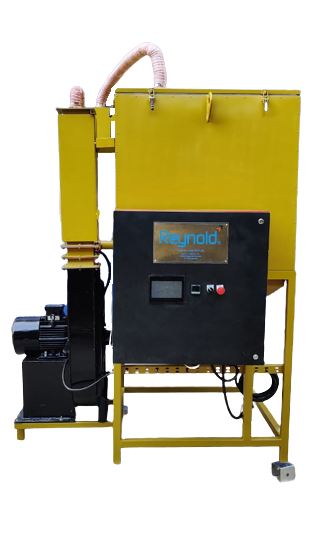Auxiliary Equipment Manufacturers and Suppliers
Many additional CPS items can work with the auxiliary systems or auxiliary equipment. The following components make up these sets:
Heat exchangers, reactors, and pressure vessels: Reaction package: small reaction units on skids that are fully integrated.
Heaters, air conditioners, and freezers: Packages for heating and cooling that use steam or a heat transfer fluid are versatile and reliable. You can get temperatures close to absolute zero by using liquid nitrogen.
Dryers and reactors need parts that can work in a vacuum, such as: From the simplest pump-only kits to the most complicated skids with a dry-running vacuum pump, booster, and pre-and post-condensers; we have it all.

Control system: PLC for flexibility or DCS for integration
Pressure Vessels
Pressure vessels are containers made to keep the pressure of their contents much higher than the pressure of the air around them. They are what keep process plants running. Depending on their use, they can be very simple (like tanks) or very complicated (like reactors for nuclear power plants).
Pressure vessels are always designed and built under the watch of outside authorities. This is because they can be dangerous. Every pressure vessel must follow a set of rules and procedures that describe how it is built and gets certified.
Heat Exchangers
The shell-and-tube style is one of the most common types of heat exchangers. These heat exchangers can work in a wide range of pressure and temperature.
A shell and tube heat exchanger has a cylindrical shell that holds the tubes.
• Fluids serve as conductors for heat transfer. Both fluids are moving, but one passes externally over the tubes, and the other passes inside via them.
• Two or more fluids may flow in opposite or complementary directions. They may consist of a single stage or two.
Standard Shell and Tube Heat Exchangers are regularly designed and manufactured by us, as are special designs that deviate from TEMA standards.
Depending on the client’s wants, we can use standard finite element and parametric software to determine the exchanger’s thermodynamic and mechanical size.
Heating/Cooling/Cryogenic Skids
One of the most important parts of the process is how hot or cold it is. Controlling it often means taking charge of the whole process. Our heating and cooling skids make a flow of thermal fluid used in the heating systems of process machines.
Reactor Cooling & Cryogenic Cooling
Low-temperature reactions can be done with a customized, all-in-one solution.
We made cryogenic units for cooling reactors to meet the growing need for low-temperature reactions in the process sector. These machines can achieve temperatures as low as -100 degrees Celsius. Using liquid nitrogen as a cold source allows for cooling a heat transfer fluid.


